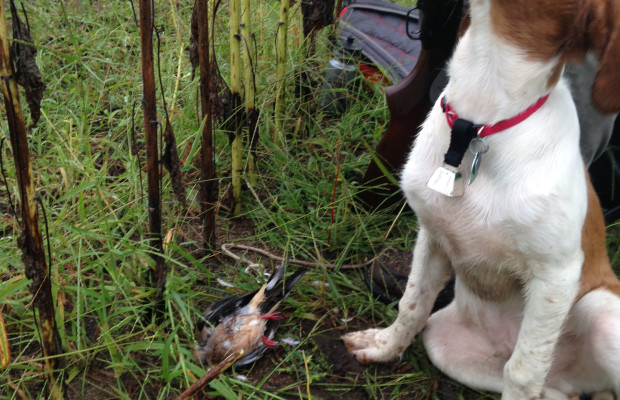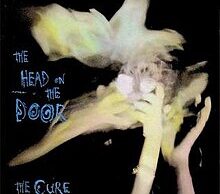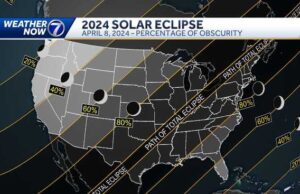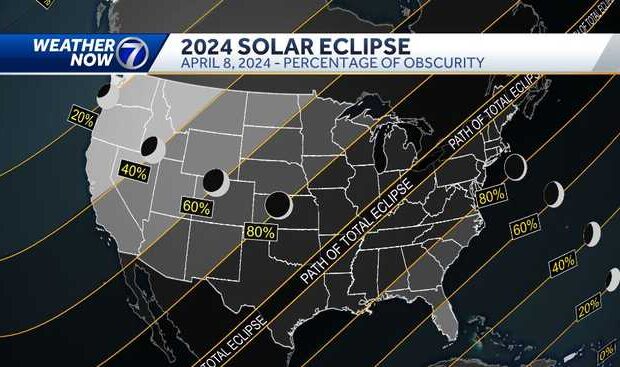Young spaniel enjoys his first season in a variety of hunts

By: Brennan Kohls
On the opening of pheasant season last Saturday, my dad and I were walking through some thick grass hoping to flush a pheasant with our Brittany spaniel Jake. He carelessly romped through the grass catching a scent of deer here and there. That’s when he picked up on the scent of a pheasant. He trotted with his nose to the ground until he reached an enclave in some thick grass. He stopped and pointed with his left paw suspended in the air while his tail stuck straight out. I slowly approached the brush, fully anticipating a rooster pheasant to fly out. When I reached it, it turned out to be a recent hideout of a pheasant; the bird must have gone only a few minutes before.
My family got Jake in July this summer. Brittany spaniels are a pointing upland bird dog. Usually you don’t see them duck hunting, but ours does. He was born on May 8, making him about six months old. Brittany’s originate in the Brittany region of France, becoming known around the 1850s. They were bred for the sole purpose of bird hunting.
When we first got him as a 10-week-old puppy, we couldn’t settle him down, and he terrorized our two-year-old yellow labrador Gus to no end. Jake would constantly climb on top of Gus, chew on his ears and steal Gus’ chew bones. Like any puppy, he had to go outside and do his business almost every hour, meaning a lot of sleepless nights. Even today he still terrorizes Gus, but now Gus does it to him as well.
We began training Jake almost the week we got him, first we started him out on basics like, “sit,” “stay” and “come.” Then we went on to “fetch,” “drop it” and “dead bird.”
After all those basic commands, we went on to swimming. Our old black lab Buddy would swim in frozen water to grab a duck, but our current lab, Gus, doesn’t like the water and is more interested in getting his nails done than going hunting. Swimming was an important piece for us, but we were skeptical about a Brittany swimming because they are primarily an upland gun dog, but he surprised us when he swam as well as a fish. Once he got comfortable swimming, we started tossing a “training dummy” into the water. It took him awhile to figure out that he is supposed to go get it and bring it back, but when he did, he didn’t want to stop.
Dove season was Jake’s pre-season game. For doves you don’t really need a dog, and it’s usually pretty warm early September days that you go, so it’s kind of hard on a dog, but we took him out on a cool day and dropped a few birds in front of him, but he didn’t know what to do. So every time we dropped a bird, I’d take him out with me to retrieve it. He’d sniff at it and lick some of the feathers but never carry it in his mouth. Most dogs don’t like retrieving doves because of the soft, downy feathers they have, so you can’t really judge a dog’s retrieving ability solely based on dove hunting.
Next we took him duck hunting, but based on the fact that the migration hasn’t even started yet, that hasn’t been the best hunting to train him with, but from our duck hunts, he sits well, he watches birds fly over whether it’s a swan or a black bird, and he goes out with us when we’re tossing decoys out.
Finally the big test was pheasant hunting. His breed was made for this, so seeing how he would do was a big thing. On Halloween, while most people were preparing their costumes, I was out in the field with my dad and my dog. He ran around acting like the whole thing was a big walk. He would smell a deer trail and then run on to the next interesting smell, but when he found the hideout that was recently used by a pheasant, that’s when we knew he would be a good bird dog.
We had seen Jake point in the past at rabbits and squirrels in the backyard, but we had never seen him point in the field. The only thing missing to make him a good upland bird dog are the birds, but that is why they call it hunting and not shooting.









You must be logged in to post a comment Login